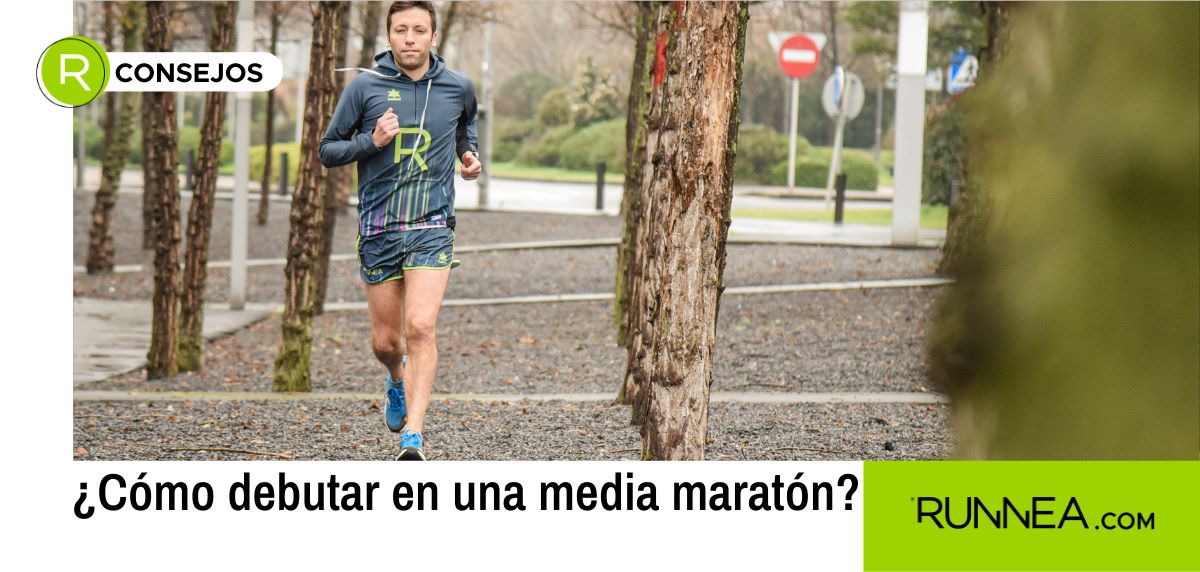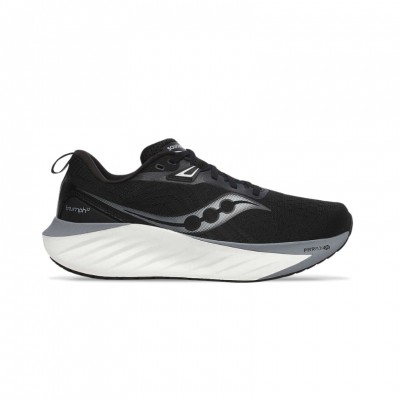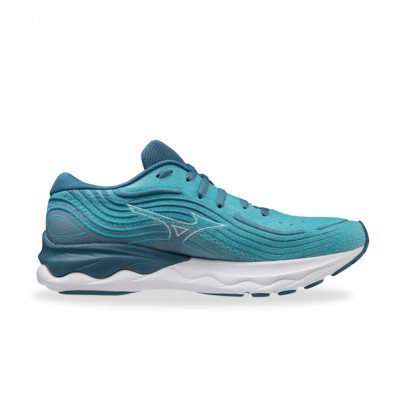Running a middle distance race such as a half marathon is one of the goals of many popular athletes. But doing it in a safe and planned way is a different story... We are going to help you with your half marathon training if you are a beginner.
If you are reading these lines is because you have already taken that step forward that will lead you to face bigger challenges. Running a 21k for the first time, that is. So, the idea of this post in RUNNEA Magazine is none other than to try to answer the question: how to face a half marathon with guarantees?
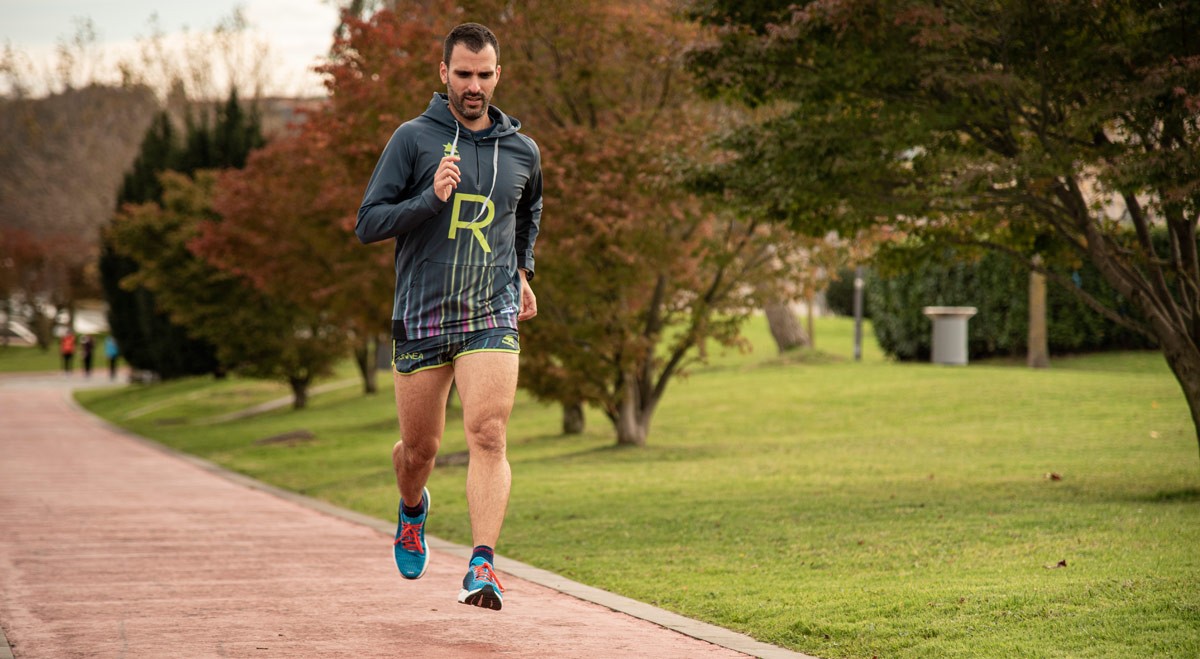
How to run a half marathon for the first time?
If you admit us a recommendation: discard the idea that you can prepare the distance of 21,097 meters in just a few weeks. It's not because you can't do it, which you probably can; but know that not only do you run the risk of not becoming a finisher in the race, but you are also putting your own health at risk. Preparing to run a 21k takes time, especially when you are new to the distance.
Personalized training that focuses on your initial fitness, accommodates your schedule, understands the days you can train and moves with you week to week is the best solution. It may sound like this doesn't suit you or that it's for more experienced athletes, but it's just the opposite. Individualized training becomes more important the less we know about our possibilities and the less we know about the basic principles of endurance training.
At RUNNEA ACADEMY we help popular runners like you to achieve their goals, whatever their initial state of fitness and in a completely personalized way. We adapt to each runner and thanks to the knowledge of our team of doctors in physical activity sciences and the technology we have developed, we adapt each training to the individual. A unique training for you.
If the goal is to cross the finish line with the best sensations and a good taste in your mouth, the strategy to follow is quite clear with the combination of planned training, rest and recovery and nutrition. Having said that, here are a series of recommendations that you can put into practice in your next sporting challenge, which can be summarized as follows:
- Improve running pace through mainly sets and fartleks.
- Strength work.
- Running technique.
- Nutrition.
These are important aspects when it comes to doing a good job, but also to observe a positive evolution, and thus gain confidence and motivation. In addition, you will also be contributing to keep the dreaded stagnation at bay.
Train safely, forget about the marks
The first and most important thing is to get advice. Running is very healthy...as long as you do it well and judiciously. If you do it wrong, it can be very dangerous for your health. Therefore, the first advice we give you is: put yourself in the hands of a professional in the field, a qualified trainer.
In this aspect we can help you, because we invite you to enter RUNNEA ACADEMY, our individualized online training platform, where we combine the knowledge of our most qualified coaches with artificial intelligence technology so that you are able to progress and achieve your challenges at your own pace. We don't promise personal bests, but we guarantee that you will be in the best possible shape for your half marathon. Professionals of the stature of Marc Roig, coach of the NN Running Team and Iker Muñoz, sports director of RUNNEA are waiting for you.
Improve your running pace through series and fartlek
First important note: not everything has to be long, steady runs in your training schedule. Of course, they are essential to develop that base to be able to improve your running pace later on. Every runner will have to do a minimum number of sessions with a more aerobic objective in order to acquire a good base in physical condition. Of course, each athlete will have to follow the steps of a good professional to avoid making common mistakes.
Also in this section we want to emphasize that stress tests should be performed approximately every 3 months, because our body is undergoing improvements and adaptations in a certain time, and these always have to be taken into account and to make each planning with the individual connotations of each runner.
- You may be interested in: Sprint sessions for beginner runners: when and how to perform them correctly?
In addition to differentiate between "beginners" or not; we put "beginners" in quotation marks, because to perform properly and with guarantees a half marathon you have to perform several races of less mileage to go properly in progression, For example, opt for distances of 10, 12 or 14 kilometers that exist throughout the national geography.
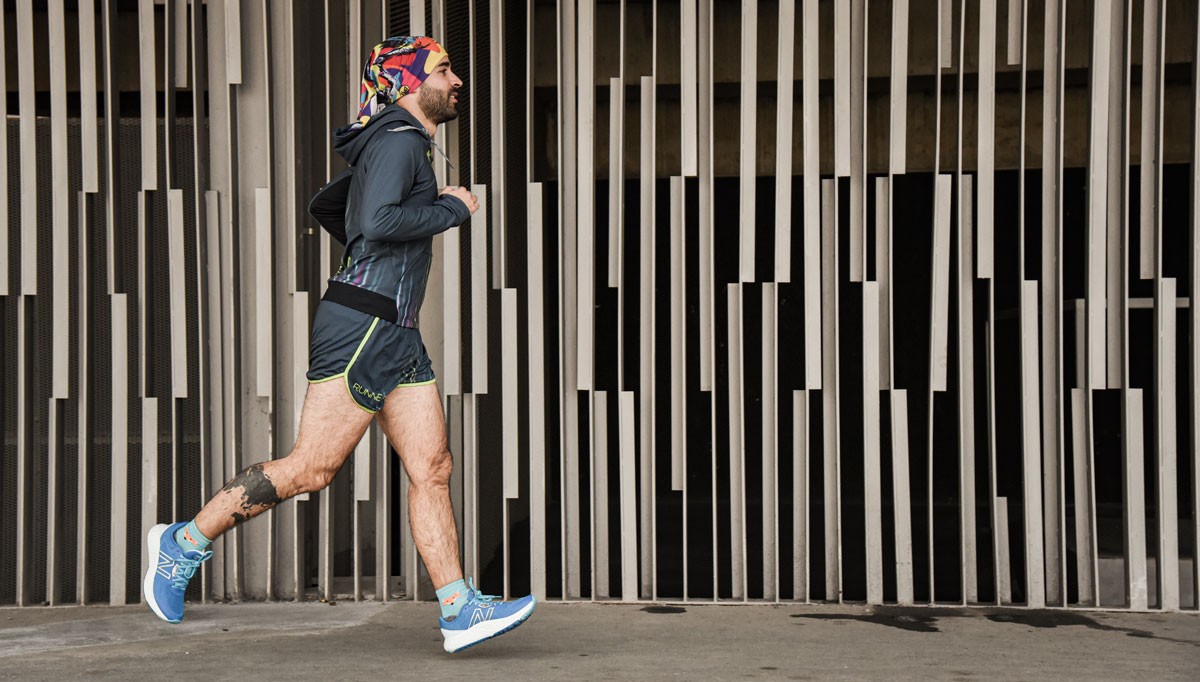
Principle of variability in training
An important point is to comment on the need for the runner to carry out varied training sessions so that improvement is constantly evolving. Therefore, the principle of variability is fundamental.
With regard to the series, it consists of running short distances that can vary from 200 meters to 2 kilometers depending on the objective you have as a runner. All the series are done at a faster pace than we can or we have programmed in the race itself.
- Benefits of the series: Increase speed and race pace. Always taking into account the rest between sets and repetitions.
On the other hand, we have the fartleks that consist of varying the race pace depending on our percentage of both aerobic and anaerobic capacity. Unlike the series, in the fartleks there is no rest and the work is continuous.
- Benefits of fartlek: Alternation work to improve endurance and times, as with the series.
Strength work
Strength work, as a way to improve strength and compensation, is essential to improve our performance not only in the half marathon but in every race, training, competition that we perform throughout the sports career.
The strength can be developed in several ways, either by self-loading or by weights or elastic bands, although we recommend that it is always in a fully functional way, so that we put it into practice when performing our sport in this case running.
The self-loading consists of performing force by the different muscle groups with our own body weight. That is to say without external help of different materials (rubber bands, weights,...). This work should be performed both for the upper body, lower body and also for the core area.
- Youmay be interested in: 11 strength exercises to run a half marathon
In addition to the self-loads we have other options such as machines with their weights and their corresponding gym equipment (dumbbells, discs, ...) and that in addition to perform it more analytically we advise that it is performed as we have already said in a functional way and to ensure that connotation we must make the corresponding transfer. The weight of each exercise, as well as the repetitions and series to be performed will depend on our physical form, the time of the season, the objective of the session,... Therefore, your coach and physical trainer is the one who should set the guidelines to follow.
Finally, and with the same performance as the weights, we have elastic bands of any brand where we can do the same work done with weights, ie, upper body work (shoulder, pectoral, back, biceps, triceps, ...) lower (quadriceps, biceps femoris, adductors, abductors, calves, ...) and the central area (core). More details to compute is that we must exercise up to the toes, doing strength in different ways.
Running technique
The running technique consists of performing exercises to improve our efficiency in the stride, and thus improve performance, in addition to removing old habits that in the long run will only cause us real discomfort. Even as an effective method of injury prevention, its practice is essential. The improvement of the running technique is obtained by means of a constant work.
Benefits of running technique exercises
- Increase agility and coordination.
- Adopt better postural hygiene when running.
- Improve stride frequency and braking.
- Strengthen the muscles of the lower body (legs).
- Reduce injuries.
Exercises always well performed and corrected by your coach such as, for example, knees up or skipping, also knees back, lateral running, backstroke, stride, one-legged skipping, arm movements, body leaning.
Feeding
There is a lot of truth in the well-known expression that "we are what we eat", and the popular runner also has to pay special attention to his/her nutrition in order to complete all his/her workouts. As a general rule, a runner's fridge should be stocked with foods rich in protein and nutrients: "From eggs, meat and fish, dairy products and legumes to soy derivatives are necessary to maintain muscle mass," says Ana Polo, a dietician and nutritionist specializing in sports nutrition.
The key is to plan healthy menus, always reducing the consumption of ultra-processed foods, and at the same time it is highly recommended to stay well hydrated before, during and after physical exercise.
- However, more to the point, nutrition in the days leading up to the half marathon is vital. It is important to take into account the starting time of the race.
- During the race: constant hydration for 20 minutes even if we are not thirsty. This hydration will be done with isotonic drinks that usually have added mineral salts.
The basic recommendation is not to wait to be thirsty, because it is an indication of dehydration, which limits performance, and consequently will lead to a loss of personal enjoyment.
- At the halfway point: we should eat a mixed carbohydrate (fast/slow) either a good bar or a gel.
In addition, during the race, do not eat too much, since the physical activity may make the stomach feel bad due to the excess of movement. This can lead to stomach pain that may cause you to abandon the race.
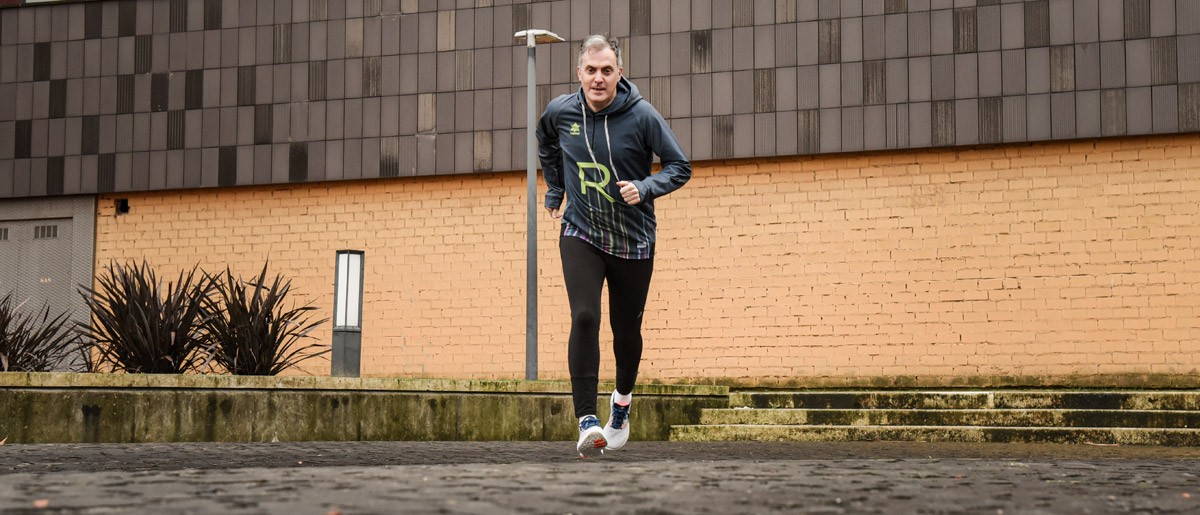
Conclusions to make your debut in a 21k with the maximum guarantees
In summary, the key to success in making your debut in the half marathon distance is a good training plan, of course under the supervision of a qualified trainer. But also by applying this principle of progression with strength work exercises and running technique to help you become a stronger but also more efficient runner.
- You might be interested in: Marathon training plan for beginners
At the same time that you also comply with the rest and recovery times so that these physical adaptations to which you submit your body have a positive effect, as well as take a scheduled and healthy diet that will make you bring out your best version on D-Day: when you run your first half marathon.
Pay attention to the so-called invisible training!
From RUNNEA ACADEMY, RUNNEA 's online training platform, we want to encourage you to put into practice these tips and recommendations for runners who are making their debut in the half marathon, because with them, success is assured and you will reach your goal with the best possible sensations. If you have any questions, access our social networks or communication channels, and we will be happy to answer your questions and concerns.
Read more news about: Running Training
